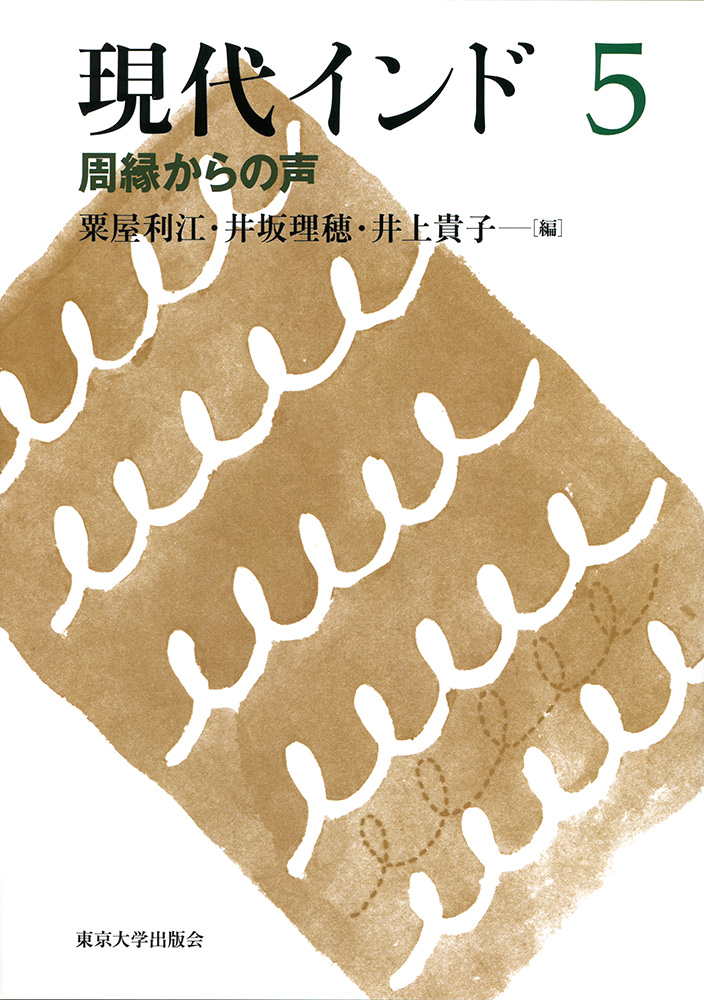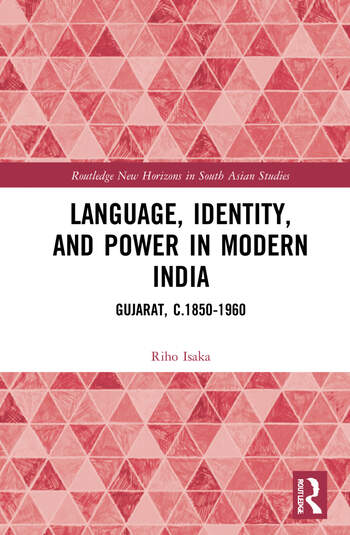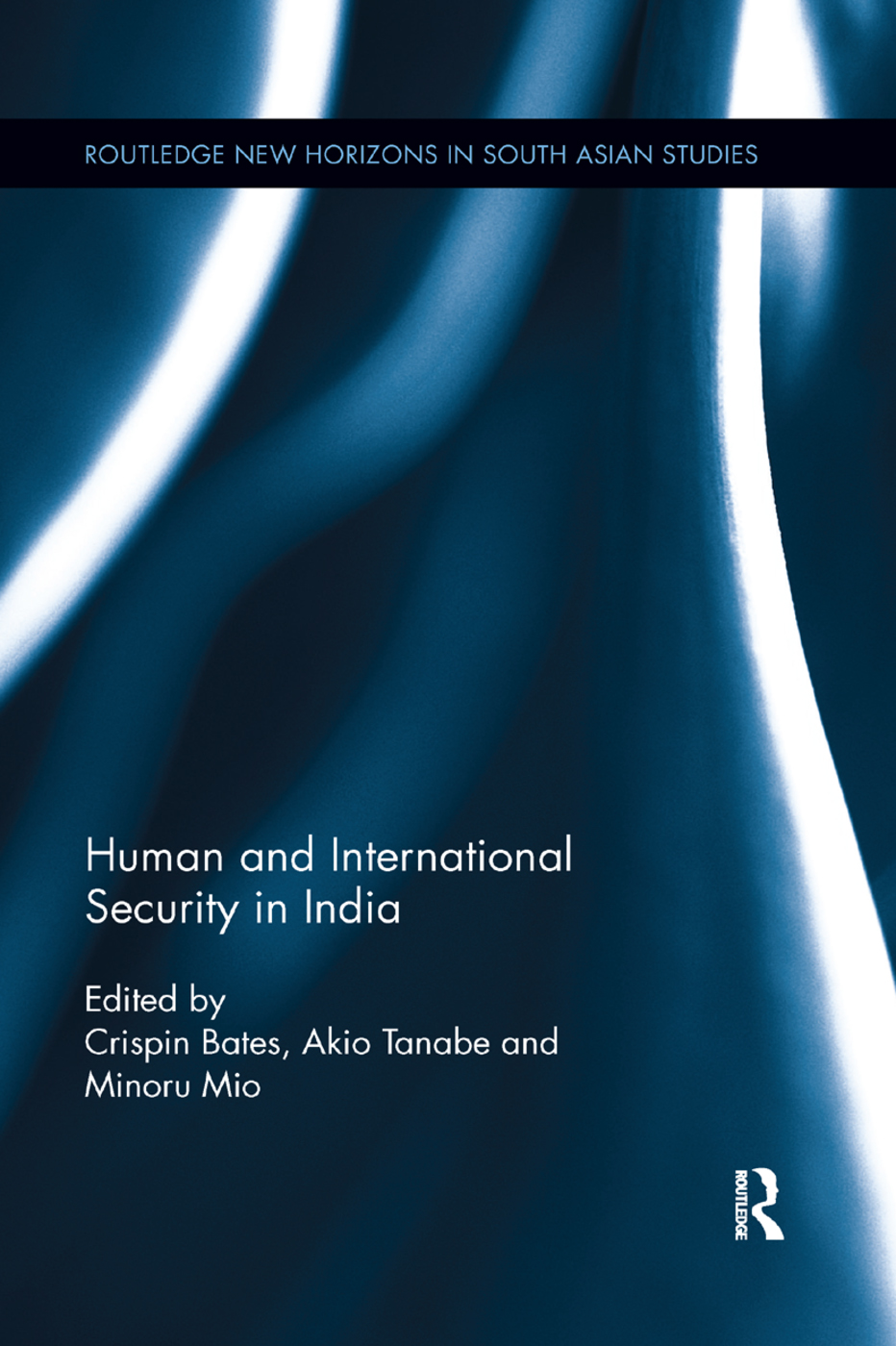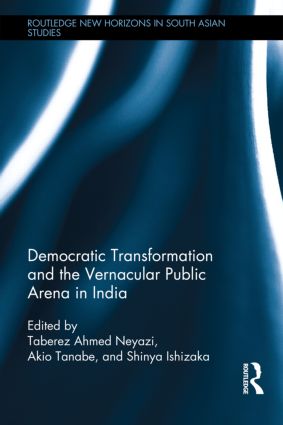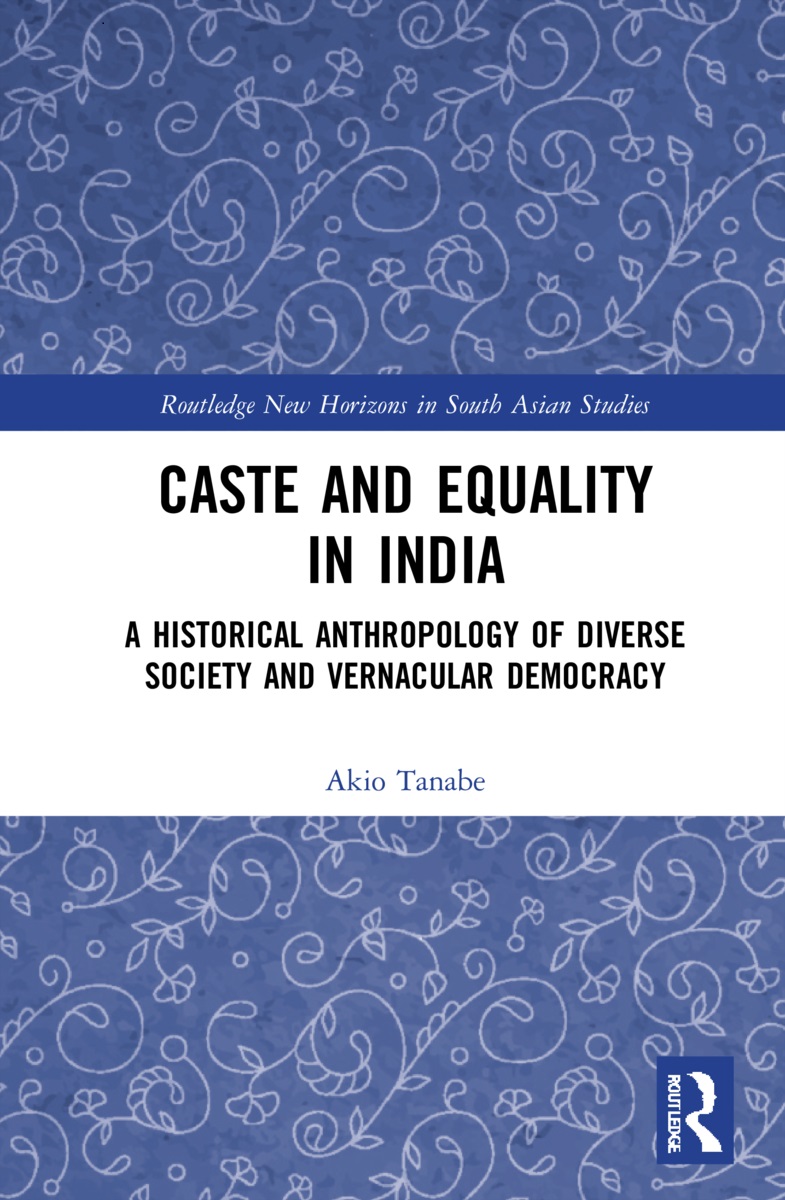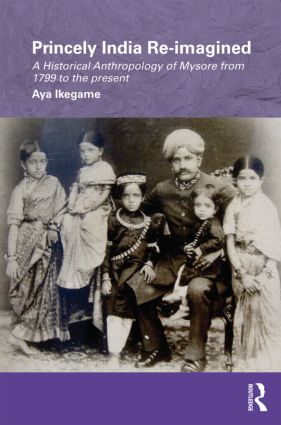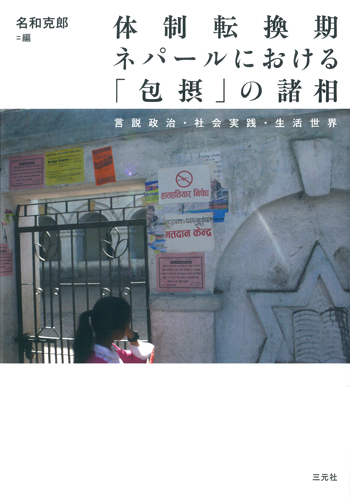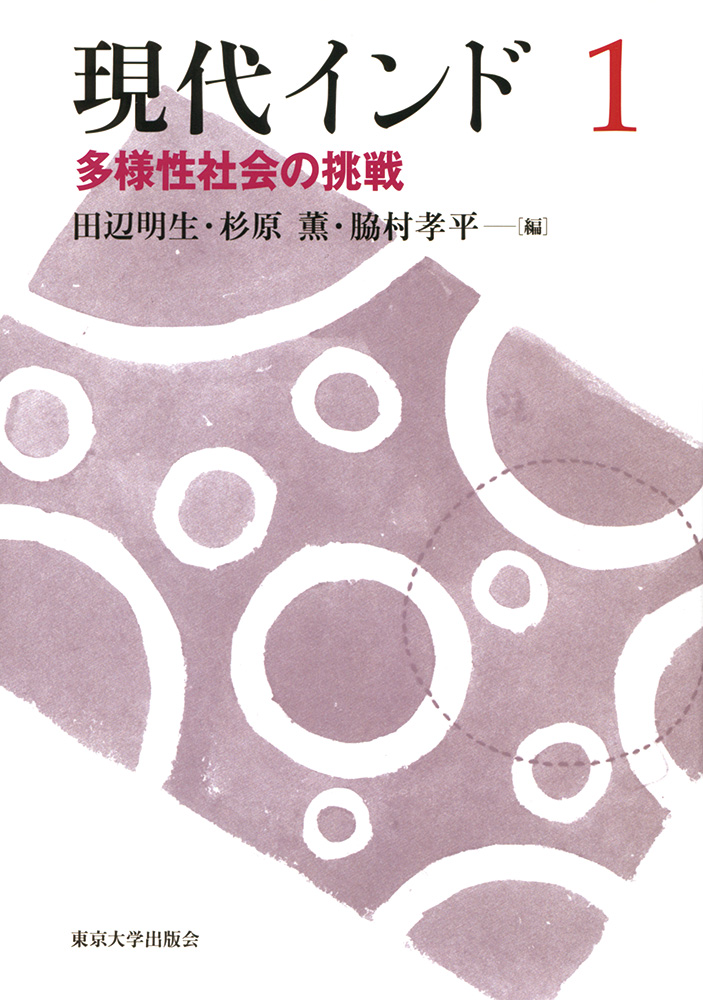
Title
Contemporary India 1 Tayosei Shakai no Chosen (The Challenges of a Diverse Society)
Size
392 pages, A5 format
Language
Japanese
Released
February 13, 2015
ISBN
978-4-13-034301-5
Published by
University of Tokyo Press
Book Info
See Book Availability at Library
Japanese Page
This book is the first volume in a six-volume series titled Contemporary India, which presents a comprehensive summary of research conducted between 2009 and 2014 as part of the Contemporary India Area Studies program of the National Institutes for the Humanities. The aim is to present new understandings of contemporary India to both academic societies and the general public.
The core message of the series is that the basis for contemporary India’s dynamism can be found in the openness and diversity of its society. The present volume elucidates the theory and history of India’s path of development in which diverse social groups coexist and interact, and it analyzes how this path supports its current pluralist, participatory political, economic, and social dynamics.
Our overarching aim in compiling the Contemporary India series, to which this volume belongs, was to move beyond both Western-centered and East Asia-centered approaches in order to present new perspectives on world history and worldview that are genuinely pluralistic and at the same time pertain to the universal value. There are multiple regions in the world, each with its own historical path of development. This series attempts to uncover the universal significance hidden within the particular dynamism of contemporary India, and, after also closely examining its limits, to present those findings as a common intellectual resource for all of humanity. To achieve this aim, we elucidate the mechanisms supporting contemporary India’s economic growth and deepening democracy as well as the nature of the overall structural changes that have accompanied these trends.
In contemporary India, various social groups have attained political-economic and socio-cultural agencies, moving beyond their original spheres of activity to larger ones that include multiple villages, cities, and nations; they are raising their voices in the public arena. What has emerged in this space is a pluralistic, multilayered upwelling in which individuals and social groups retain their diversity but form new connections, causing friction but also actively working towards their respective ends. This is not to say that the problems of inequality and discrimination have disappeared. Rather, for the precise reason of overcoming the persistent problem of inequality and discrimination, people from diverse backgrounds are participating in the public sphere and speaking out, and this has generated the powerful energy that is driving social change.
Moving beyond the prevailing idea that a homogenous nation is the key to modernization, India is on the way to creating its own form of development and democracy that is based upon diversity. The question, however, is thus: Can India succeed in maintaining its diversity while overcoming inequality and discrimination to realize a more just society? This is a crucial question for the world as a whole as diverse regions and peoples become ever more closely linked through globalization. What are the hopes and challenges of attempting to achieve both diversity and equality?
The present series turns its attention to these problems, examining the changing face of contemporary India from a long-term, interdisciplinary perspective in order to attain a comprehensive understanding of its current reality while also laying out its future prospects. Through this analysis of contemporary India, we hope to put forth new questions and perspectives that are of value to our global future.
(Written by TANABE Akio, Professor, Graduate School of Arts and Sciences / 2017)



 Find a book
Find a book


